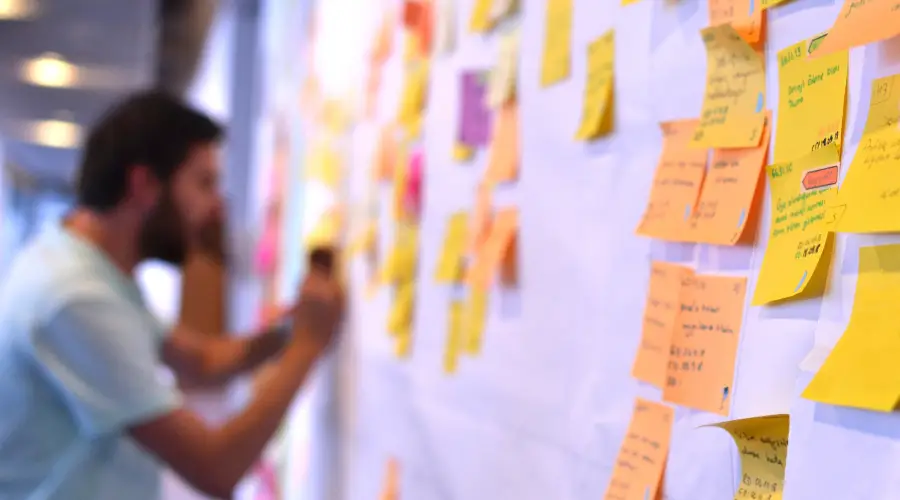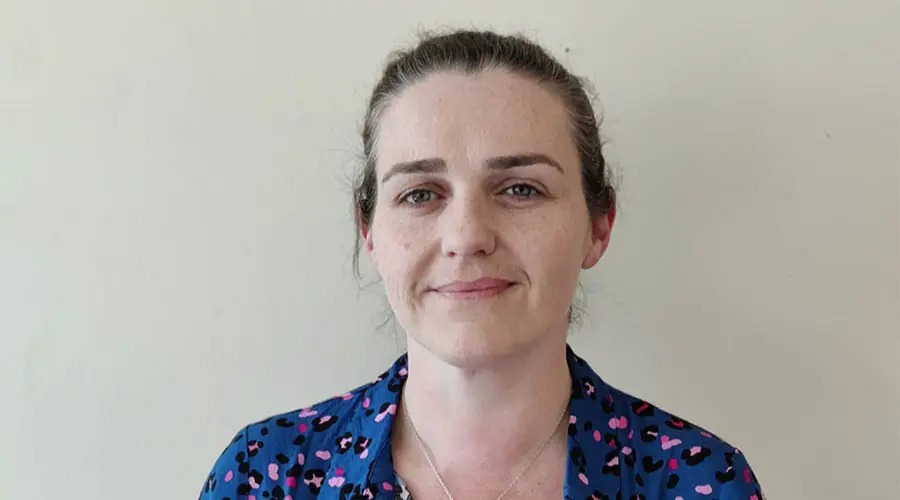Whenever I run a course on wellbeing and resilience, I take along a glitter jar. It’s a tool used with children to help them calm down when they are upset. Like a snow globe, it is a jar filled with water and glitter glue and more glitter. It is shaken and then the child watches as the glitter settles.
The reason I use it on courses with adults is that it is a good way of talking about emotions. Somebody sends us a ‘rude’ email. Our internal glitter jar gets shaken up. If we then respond from that disturbed state, the reply is likely to be poorly judged.
In the session, I shake up the jar and challenge the participants to force the glitter to the bottom. Of course, it cannot be done. Yet we think we can force ourselves not to feel stressed or angry: ‘I shouldn’t be stressed!’ ‘Other people seem to cope!’ ‘I’m not annoyed!’ Each statement another shake of the jar.
What’s more, if I go back to the original email when I feel calmer, I find that that wasn’t what they said! My interpretation was clouded by the feeling it provoked.
So, what do we do? Very simply: create the conditions necessary to allow the glitter to settle. Take a breath, stand up, go and talk to someone, create a dummy email and then put off sending it. In the short term it can be the difference between dealing with the original problem and creating a new one. Thinking from the clear water that gradually gathers at the top of the jar often presents a more creative solution.
The importance of ‘thought awareness’
What is interesting, I think, is the extent to which our internal jars can be shaken up by our own thoughts. There is an almost immediate link between our thoughts and our body sensations. When I was in my 20s, I did a lot of shift work. In the few seconds after I had woken, I wouldn’t be sure if that day was an early shift, a late shift or a day off. As my mind switched between the options, I could feel my body tense and relax in response.
One of the nine principles of resilience is ‘thought awareness.’ Just noticing that there is a monologue going on in your head. Thoughts about what is going to happened, what has happened and a commentary on what is happening in front of you.
These thoughts are like passengers at a railway station. You do not ask them to arrive or leave, they seem to do so of their own accord. At times of stress, your mind will be like Euston at commuter time. What do you think would happen if you tried to stop an actual commuter from getting to where they wanted to? Just stood in front of them and put your hands out to block them? There would be a struggle, at the very least. It might be better to find a place on the station where you could watch your passenger/thoughts. Maybe even bring a bit of kindness to them.
On the wellbeing and resilience course we explore ways to deal with thoughts and feelings, as well as practical ways to alleviate stress and work with setbacks and change.
For the moment, let me leave you with this: some of the thoughts that cause us stress are persistent. Like a series of similar-looking passengers who keep using the same station. ‘I’m not good enough,’ ‘I’ll never get finished in time,’ ‘If I don’t get this done, it will be a disaster,’ ‘It needs to be perfect.’
There are a series of helpful tools called Socratic Questions. My favourite is the first one: ‘What advice would I give a friend if they were having this thought?’ We are often much kinder when giving advice to a friend. You might say things like, ‘Of course, you’re good enough,’ ‘You’ve said you wouldn’t get finished in time in the past and you usually do,’ ‘If it doesn’t get done in time, is it really a disaster?’ ‘Good enough is good enough.’
The good news is that, given the chance, we can be our own best friends: give ourselves a break (literally!) when we’re stressed or to look more kindly on ourselves when it is needed.
Related blogs
- Four Ways of Preparing For and Coping With Change, a blog by Billy Burgess
- 321zero: How I Solved my Email Overload and Transformed my Life, a blog by Henry Stewart
- 4 Ways to Improve Your Relationship With Stress, a blog by Billy Burgess





















